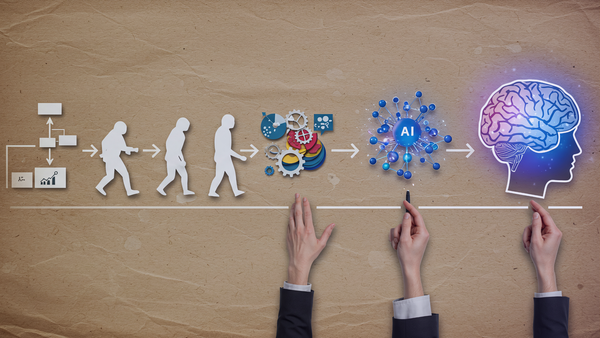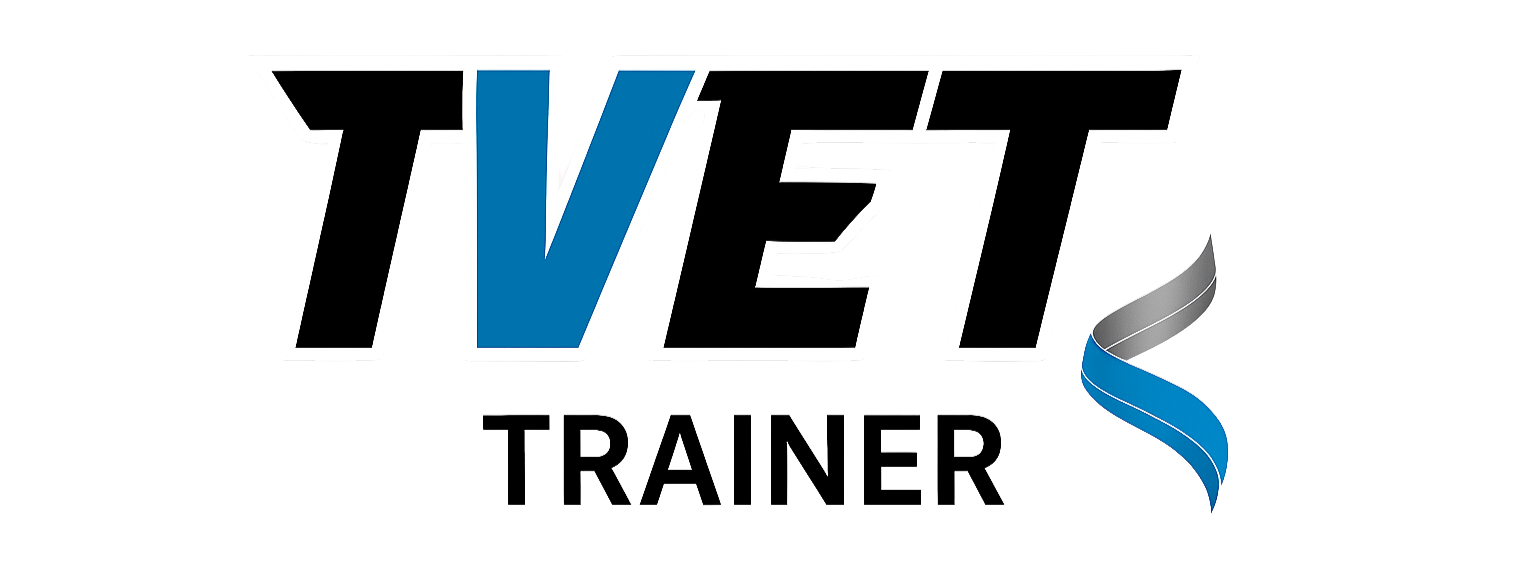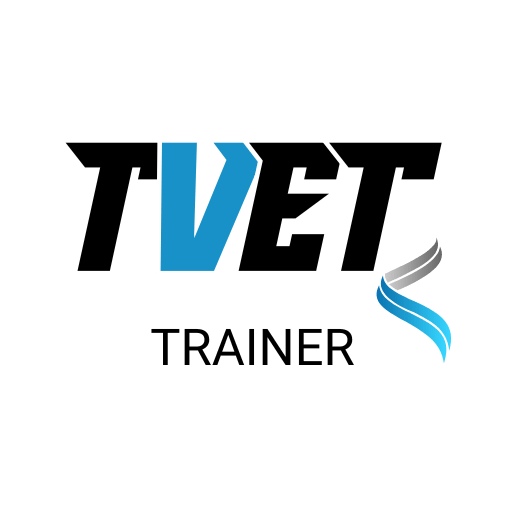
Artificial Intelligence (AI) has transformed numerous sectors, including education. In Vocational Education and Training (VET), AI offers personalised learning experiences tailored to individual needs. Such customisation is necessary in VET, where diverse student backgrounds and varying skill levels demand unique approaches for effective training.
Benefits of AI in Personalised Learning
AI tools create interactive, engaging learning environments. Adaptive learning platforms adjust task difficulty based on performance, keeping students challenged. McKinsey’s study found that personalised learning can boost student engagement by 20% to 30%.
AI analyses student data to deliver customised content, addressing individual strengths and weaknesses. This method ensures students get the necessary support, improving learning outcomes. The World Economic Forum reports a 15% improvement in learning efficiency with AI in education.
AI helps instructors identify and address learning gaps effectively. Real-time feedback from AI-driven analytics allows educators to adapt teaching strategies. According to EdTech Magazine, schools using AI see a 34% rise in student performance.
AI Technologies Used in VET
Machine Learning Algorithms
Machine learning (ML), a subset of AI, enables systems to learn and improve from data. In VET, ML analyses student performance data to identify patterns and predict outcomes. Adaptive learning platforms like Knewton use ML to customise content delivery, ensuring relevant and effective instruction.
Natural Language Processing (NLP)
NLP allows machines to understand and interact with human language. In VET, NLP creates interactive learning assistants and chatbots, providing instant support. IBM Watson, for instance, offers an AI tutor that uses NLP to answer queries and guide students through complex topics.
Data Analytics
Data analytics examines large datasets to uncover patterns and insights. In VET, AI-powered analytics track student performance, providing educators with valuable insights into progress and areas needing improvement. Platforms like Brightspace by D2L monitor engagement and performance, enabling timely interventions.
Intelligent Tutoring Systems (ITS)
Intelligent Tutoring Systems (ITS) provide customised instruction and feedback using AI algorithms to simulate human tutor behaviour. Carnegie Learning offers an ITS that delivers personalised tutoring in mathematics, enhancing outcomes through tailored practice and feedback.
Virtual Reality (VR) and Augmented Reality (AR)
VR and AR create immersive learning environments, offering realistic simulations. AI enhances these experiences by adapting content to the learner's progress. zSpace combines AR with AI for vocational training simulations in healthcare and engineering, providing hands-on practice in a virtual setting.
Case Studies and Examples
Real-World Examples
IBM's SkillsBuild platform uses AI for personalised vocational training, offering tailored learning paths to improve employability. Coursera also employs AI to recommend courses based on user preferences and learning history.
Success Stories
In Singapore, several polytechnics, including Ngee Ann Polytechnic, have been at the forefront of implementing AI-driven tools to personalise learning experiences. These initiatives have used advanced AI technologies to tailor educational content and provide real-time student feedback, significantly enhancing student satisfaction and academic performance.
One notable example is the Ministry of Education's (MOE) initiative to integrate AI into the educational system. The MOE has introduced adaptive learning platforms that customise the learning pace and content to match individual student needs. This approach ensures that slower learners receive the time they need to grasp concepts while allowing faster learners to progress without waiting for the rest of the class. This personalised approach helps maintain student engagement and motivation by providing a tailored learning experience.
Challenges and Considerations
Barriers to AI Adoption
Implementing AI in VET can be expensive and requires significant infrastructure. Educators need training to use AI tools effectively. Smaller institutions may struggle with these costs and lack technical expertise for integration.
Ethical Considerations
AI systems must ensure data privacy and avoid biases. Establishing ethical guidelines is essential to protect student information and maintain fairness. The European Commission emphasises the need for ethical AI, focusing on transparency, accountability, and protecting fundamental rights.
Technical Challenges
AI implementation demands robust digital infrastructure and technical expertise. Vocational training providers must ensure their systems support AI technologies and that staff are trained to use these tools effectively. Data integration, system interoperability, and software maintenance pose additional challenges.
Student and Teacher Resistance
Resistance from students and teachers may arise due to unfamiliarity or fear of technology replacing human roles. Overcoming this resistance involves educating stakeholders about AI benefits and providing training to build confidence in using new tools.
Implementing AI in Vocational Training
Assessing Needs and Goals
Providers should start by assessing specific needs and goals and identifying where AI can add value, such as personalised learning, performance tracking, or administrative efficiency.
Investing in Infrastructure
Robust digital infrastructure is essential for AI implementation. This includes high-speed internet, powerful computing resources, and secure data storage. Providers may need to partner with tech companies to build this infrastructure.
Training and Support
Educators and administrative staff require comprehensive training to use AI tools effectively. Training should cover technical aspects and pedagogical approaches for integrating AI into the curriculum. Ongoing support and professional development are also essential.
Piloting and Scaling
Starting with pilot projects allows testing AI applications on a smaller scale, providing valuable insights and refining the strategy. Successful pilots can then be scaled up to cover more courses and students.
Collaboration and Partnerships
Collaborating with AI experts, technology providers, and other educational institutions enhances implementation. Partnerships offer access to cutting-edge technology, expertise, and best practices.
| Step | Description |
|---|---|
| 1. Assess Needs and Goals | Identify specific areas where AI can add value, such as personalised learning or performance tracking. |
| 2. Invest in Infrastructure | Ensure robust digital infrastructure, including high-speed internet and secure data storage. |
| 3. Train Educators | Provide comprehensive training for educators on using AI tools effectively. |
| 4. Pilot Projects | Start with small-scale pilot projects to test AI applications and refine implementation strategies. |
| 5. Scale Up | Expand successful pilot projects to cover more courses and students. |
| 6. Collaborate | Partner with AI experts, technology providers, and other institutions for support and best practices. |
| 7. Monitor and Evaluate | Continuously monitor the implementation process and evaluate the impact on learning outcomes. |
| 8. Address Challenges | Tackle technical, ethical, and resistance challenges proactively with clear policies and education. |
Future Trends and Innovations
Emerging AI Technologies
Technologies like AR and VR are integrating with AI to create immersive vocational training experiences, offering hands-on practice in a virtual environment and enhancing skill development.
Predictions for the Future
AI's role in VET is expected to grow, with more institutions adopting AI-driven tools. Continuous advancements will make training more efficient and accessible, promising a bright future for AI in personalised vocational education.
Conclusion
AI-powered personalised learning in VET offers many benefits, from improved engagement to enhanced learning outcomes. Addressing individual needs, AI creates a more effective and inclusive educational environment. As AI technology evolves, its impact on vocational training will expand, equipping students with essential skills for the future.
For more information, refer to sources like the World Economic Forum and EdTech Magazine.
Share this article
Written by

The Future of AI in TVET: Personalised Assessments and Skill Intelligence for 2026
Artificial intelligence is redefining how technical and vocational education assesses learners. By 2026, AI tutors, adaptive learning systems, and real-time skill intelligence will make personalised assessment the new global standard.
How AI is Revolutionising Assessment and Feedback in Education: Benefits, Challenges, and Future Trends
Artificial Intelligence is revolutionising assessment and feedback in TVET by providing personalised, immediate insights and automating routine tasks, enabling trainers to focus on creative teaching while preparing learners for dynamic industries through ethical, data-driven approaches.



